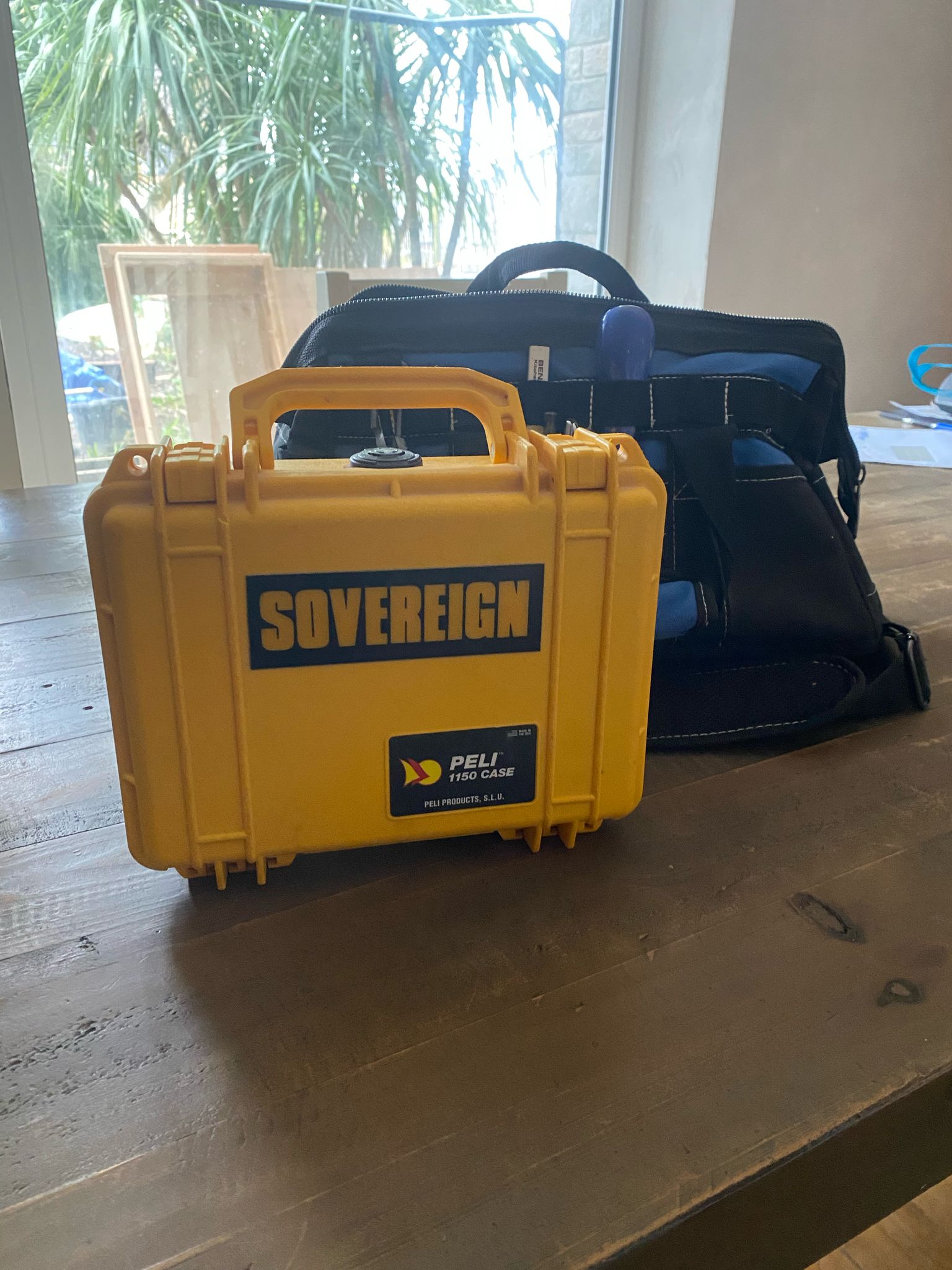What is a damp survey?
A damp survey is a thorough inspection of a property to identify the presence, causes, and extent of dampness. Typically carried out by a damp specialist or surveyor, it’s essential for diagnosing issues that could damage the property’s structure or affect the health of its occupants.

Key Aspects of a Damp Survey:
Types of Damp Investigated:
Rising Damp: Caused by water traveling upward from the ground through walls.
Penetrating Damp: Results from water entering the property through walls, roofs, or windows.
Condensation: Often caused by inadequate ventilation, leading to mold growth.
Inspection Areas:
Walls, floors, and ceilings for damp patches or staining
Skirting boards and plaster for damage.
External walls, roofing, and guttering to spot possible water ingress points.
Windows and doors for condensation or leaks.
Tools Used:
Moisture Meter: Measures the level of moisture within walls or surfaces.
Thermal Imaging Camera: Detects hidden damp issues by identifying temperature variations.
Hygrometer: Assesses humidity levels in the air.
Survey Report:
Identifies the cause(s) of damp.
Recommends solutions, such as improved ventilation, damp-proofing measures, or repairs to the structure.
Estimates repair costs if applicable.
Who Needs a Damp Survey?
Property buyers: During the purchase process to identify potential issues.
Homeowners: If you notice signs of damp, such as mould, peeling wallpaper, or musty odours.
Landlords: To ensure compliance with housing standards.
A damp survey is essential for maintaining the health of your property and preventing long-term damage. Addressing issues early can save money by ensuring the right repair methods are implemented.